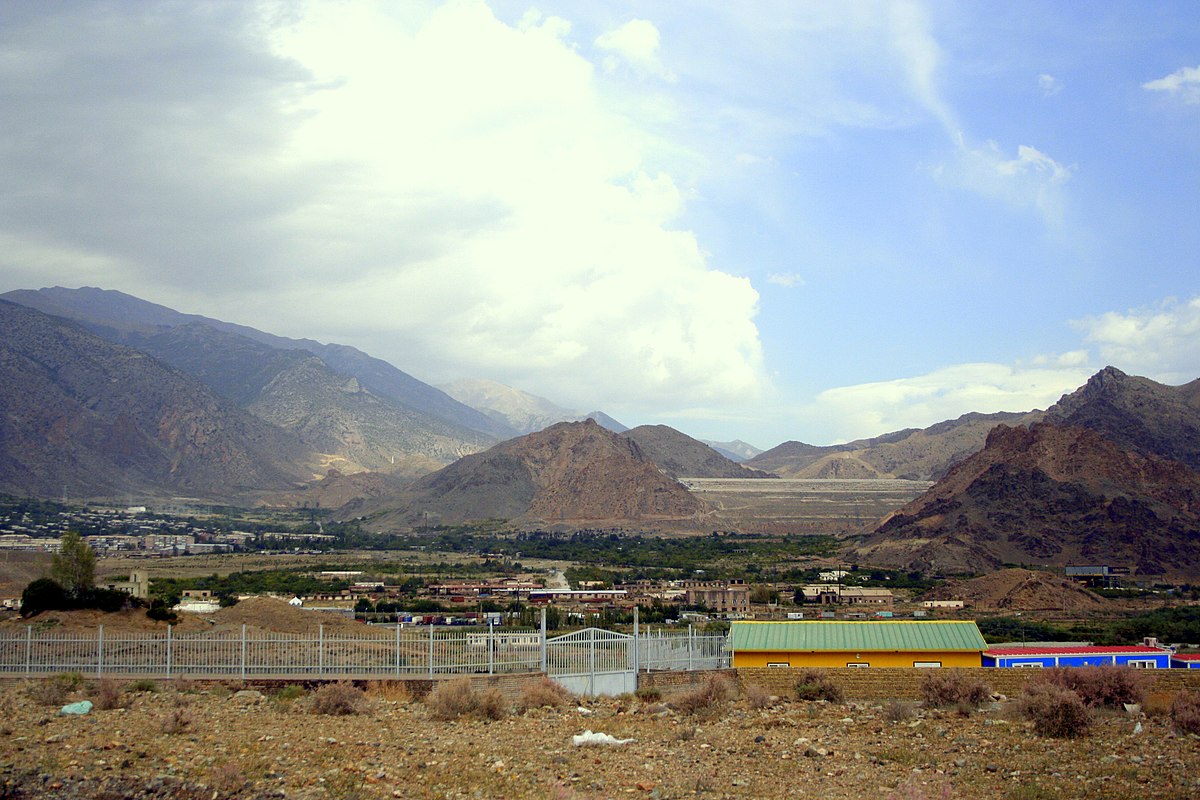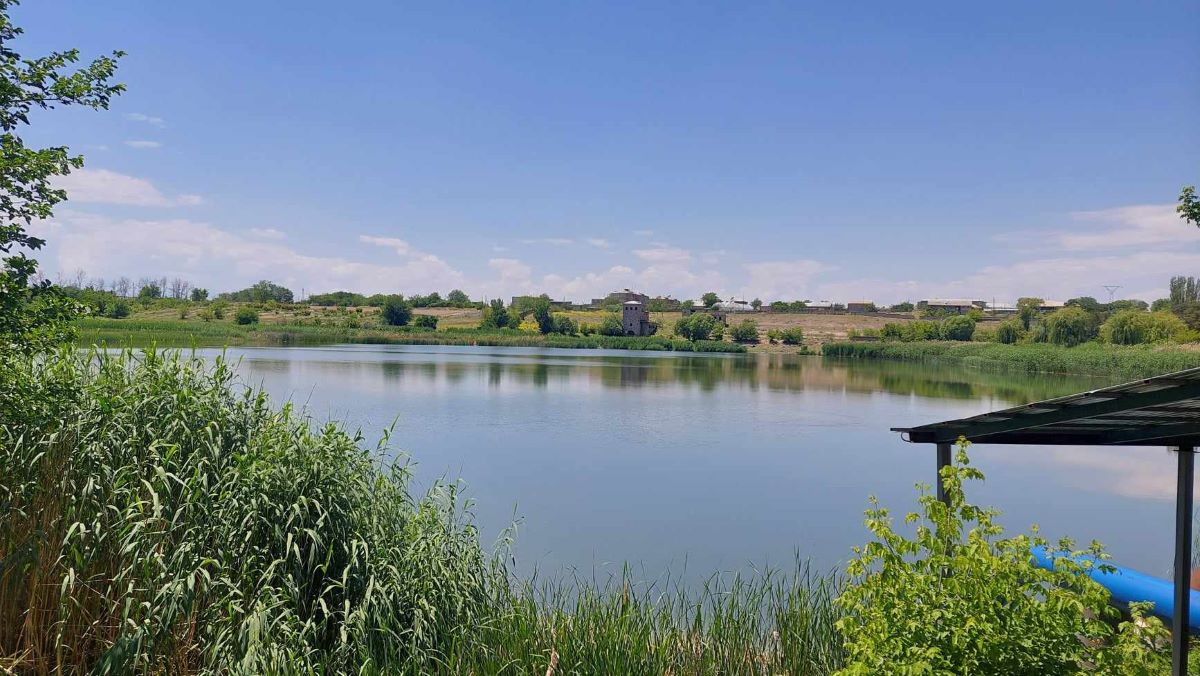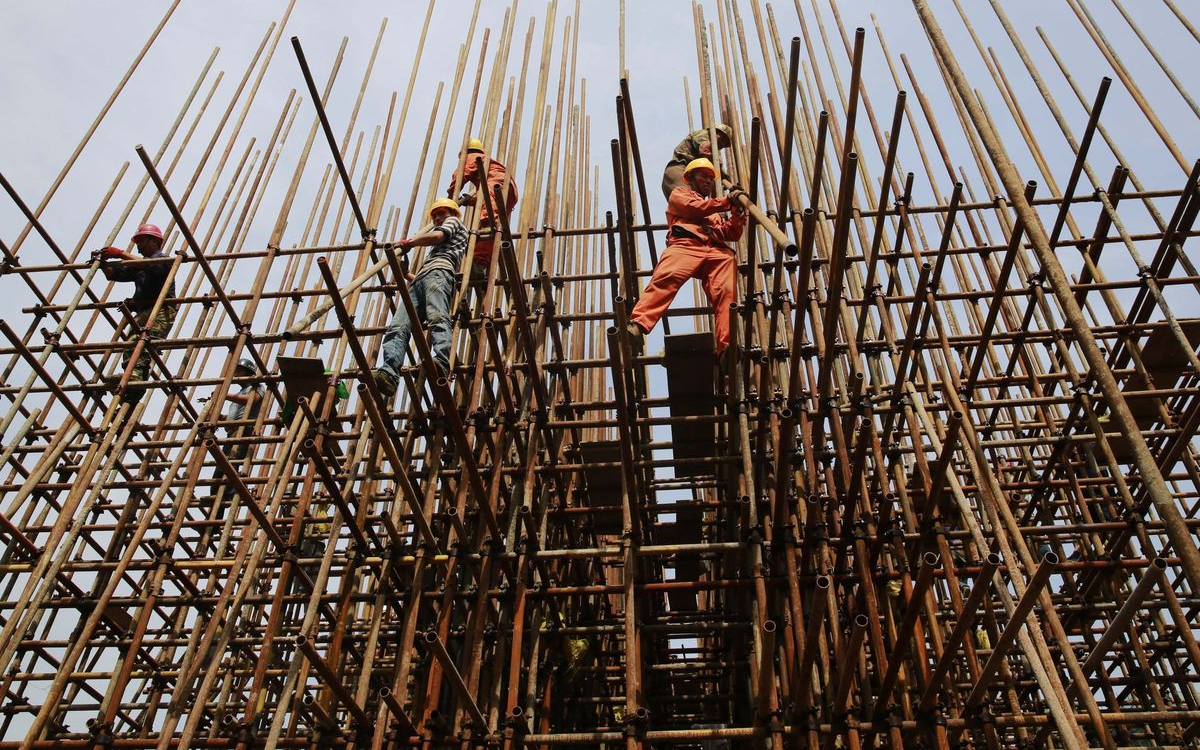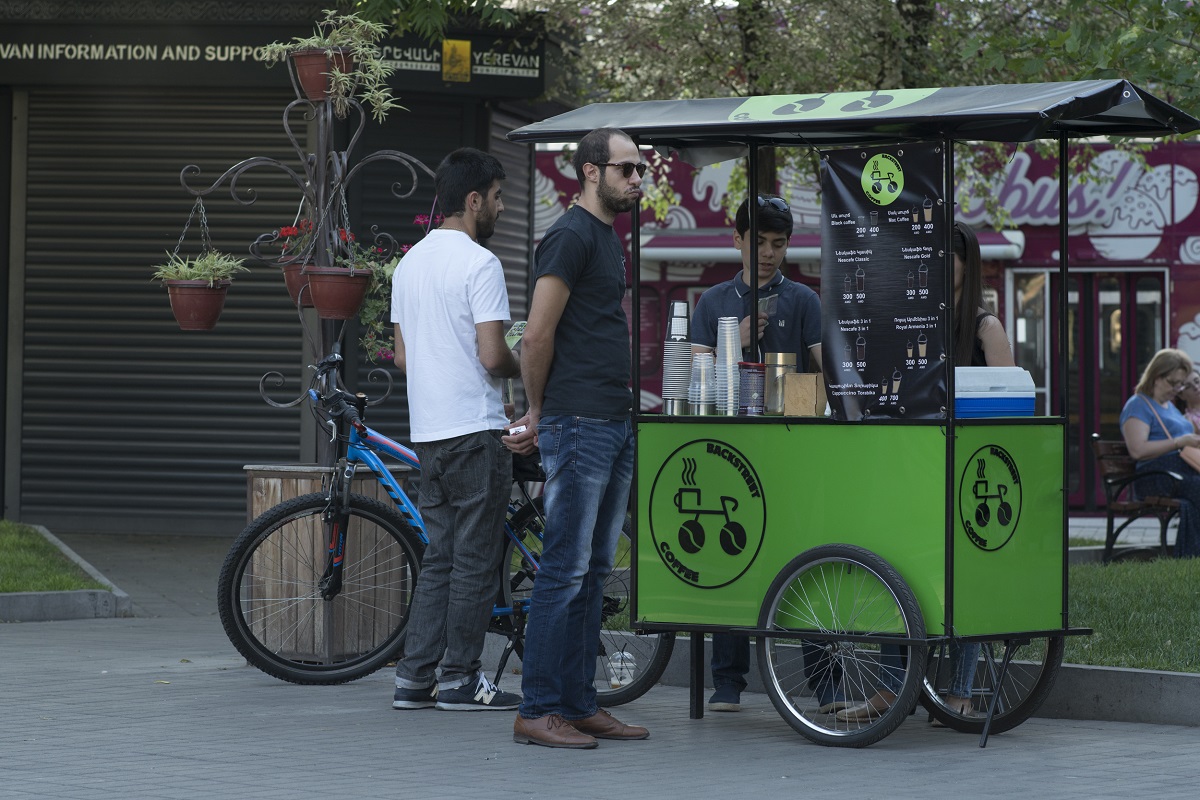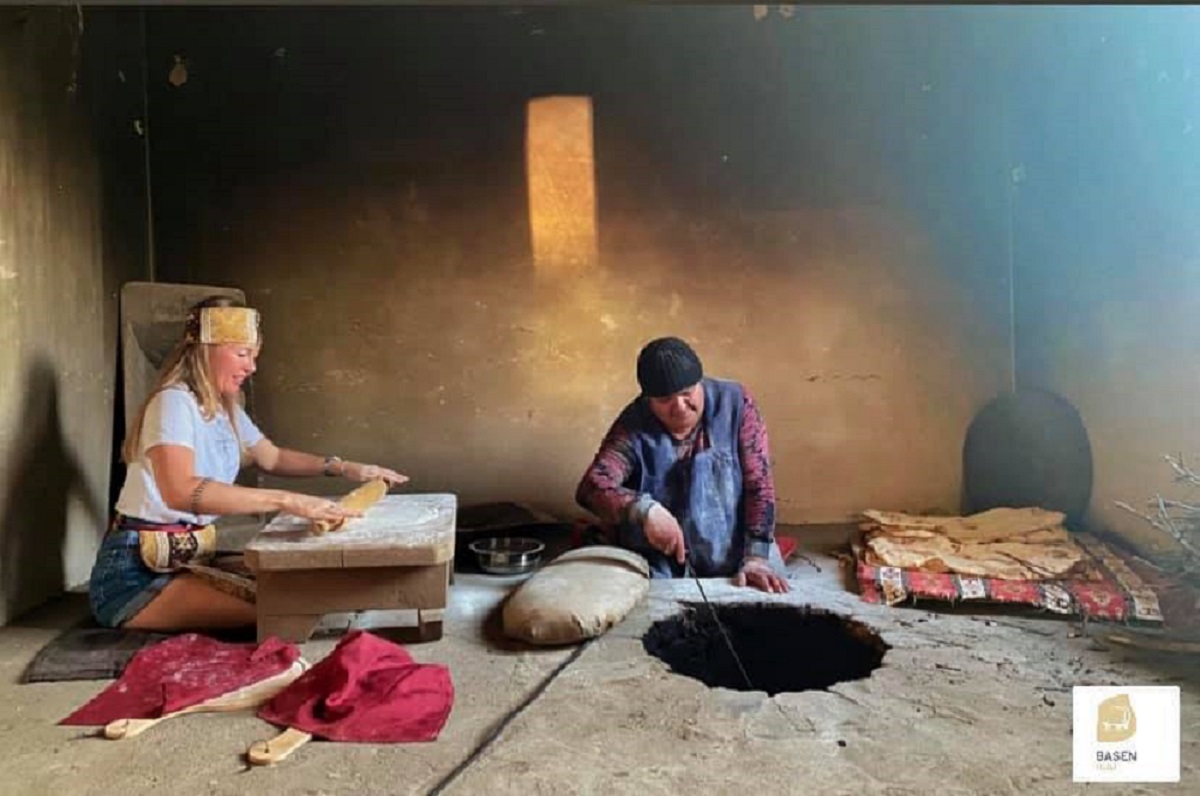"More houses in villages mean a more secure border with Azerbaijan." — On Armenia's housing program
Housing program in Armenia
The Armenian government’s housing program “Promoting Affordable Housing in Border Communities” has been implemented for the past two years. It allows people the opportunity to settle in border villages of their choice, addressing both the housing needs of individuals and the resettlement of border communities. Following the Azerbaijani army’s invasion of sovereign Armenian territory in 2021 and 2022, many have expressed concerns about living in these border areas.
“When the program was initially launched, some political figures and media doubted that people would choose to build homes and live in border settlements. At present, we have over 1100 confirmed applications, with over a thousand homes being built in border communities,” stated Narek Mkrtchyan, Minister of Labor and Social Affairs.
The article explores the progress and effectiveness of the project from the perspectives of both beneficiaries and implementers.
- Territory in exchange for peace: Will Azerbaijan refrain from a new war?
- Ruling faction rejects opposition’s border demarcation proposal as ‘dangerous for Armenia’
- Where worlds collide: a far-off Armenian village bordering Iran where Azerbaijanis used to live
Opportunity to have a roof overhead
Villages Areni and Khachik in the Vayots Dzor region, among other border settlements, are included in the government program.
State support for building their own homes has already been utilized by 119 families in these two villages. For many participants, the program has provided a unique opportunity to have a roof over their heads and comfortable housing.
Smbat Nersisyan from the village of Khachik recounts that he has spent his entire life in a dilapidated house classified as Grade 4 hazardous. Thanks to government assistance, his family of seven will finally leave this unsafe residence.
“Having lived for so many years in a hazardous house, periodically repairing and reinforcing it, we have always lived in fear that it could collapse at any moment. Now we will have a sturdy, safe home,” says 53-year-old Smbat.
The family has already completed the document processing and obtained a loan. Construction has been underway for a month. Smbat hopes that they can celebrate their housewarming in two to three months.
“Active construction work is ongoing in villages Areni and Khachik. Many have shown interest in the program. However, there are more applicants wishing to build homes in Areni. In Khachik, we have 33 project participants, while the remaining 86 will build their homes in Areni. Among them are not only local residents but also people from other regions,” says Gevorg Simonyan, secretary of the local administration.
According to him, some program participants intend to use the buildings under construction as guesthouses. Recently, prime minister Nikol Pashinyan stated that he finds this quite acceptable:
“We have cases where residents from other settlements are moving to border villages. I think this is a positive process. Even if someone builds houses to use them as guesthouses or pensions later on, we do not see any problems with that. It will be beneficial for the villages, fostering economic activity.
Housing program in Armenia
Infrastructure needs to accompany home construction
Everyone agrees on this issue—residents of border settlements and officials alike.
In Areni, it is said that life in the village has become more active since the start of the project, with people making long-term plans to live in these areas.
“Probably, in the last 15-20 years, 6-7 houses were built in Areni. But now, active construction is happening in various parts of the village. The local administration is already considering how to improve the infrastructure,” says a representative of the local administration, Gevorg Simonyan.
“Having your own home is important, of course, but there are several urgent issues that need to be addressed. The most important one is ensuring access to water. And this is a solvable problem. It’s important that this program can contribute to enhancing border security. I think the more houses there are in the village, and the more lights that are on in our homes, the more secure the border will be,” emphasizes Smbat Nersisyan, a resident of Khachik village.
How the project began
The government made a decision on June 9, 2022, to support families interested in building homes in border areas. The decision applies to 80 border settlements across 4 regions: Tavush, Vayots Dzor, Gegharkunik, Ararat, and Syunik. Initially, the program was planned to be implemented from 2022 to 2024.
According to the project rationale, it aims to:
- “Promote balanced development of rural settlements,
- Support improvement of housing conditions for families, providing suitable conditions for sustainable development in border areas,
- Allow beneficiaries to settle in border settlements and build residential homes, easing the credit burden.”
An essential condition for participating in the program is land ownership in the border settlement and a positive credit history. Government support is available regardless of the applicant’s actual place of registration or whether they have children. The age of the applicant is also not a factor.
The amount of financial assistance provided by the government, in the form of principal and interest payment on mortgage loans, totals around 16 million Armenian dram (approximately $42,000).
According to the government decision, assistance was planned for:
- 240 families in 2022,
- 400 families in 2023,
- 560 families in 2024.
What hindered the execution of initial plans
In early 2024, the government announced that the preliminary plan could not be fulfilled. Instead of the expected 640 beneficiaries for 2022-2023, only 412 were registered. This was explained by two circumstances.
Requirement for collateral
In the initial version of the program, beneficiaries had to pledge other property, real estate owned by them, as collateral to obtain the loan from the bank. The prime minister of Armenia believes that this requirement was one of the reasons why the program initially did not receive applications.
Subsequently, appropriate changes were made to the project, simplifying the procedure. In response to our written request, the Ministry of Labor and Social Affairs assured us that this requirement no longer exists.
Insufficient public awareness
“Building a house in a border village for 16 million Armenian dram is an unprecedented project, unprecedented support, but we have an awareness problem. People are not informed. All government bodies must explain the details to make the program effective,” said MP Armen Khachatryan in May 2023.
The prime minister agreed with his point of view, responding: “It’s your and my fault. We need to provide people with information.”
Housing program in Armenia
Project extended for another year
By government decision, the project will continue until the end of December 2025.
“We see that after construction actually began in some settlements, work has intensified in border villages, with construction starting everywhere. We will continue the program until December 31, 2025. And I am confident that the number of beneficiaries will increase,” stated Nikol Pashinyan.
It is expected that by the end of 2025, up to 2,000 families will receive government support.
Housing program in Armenia










